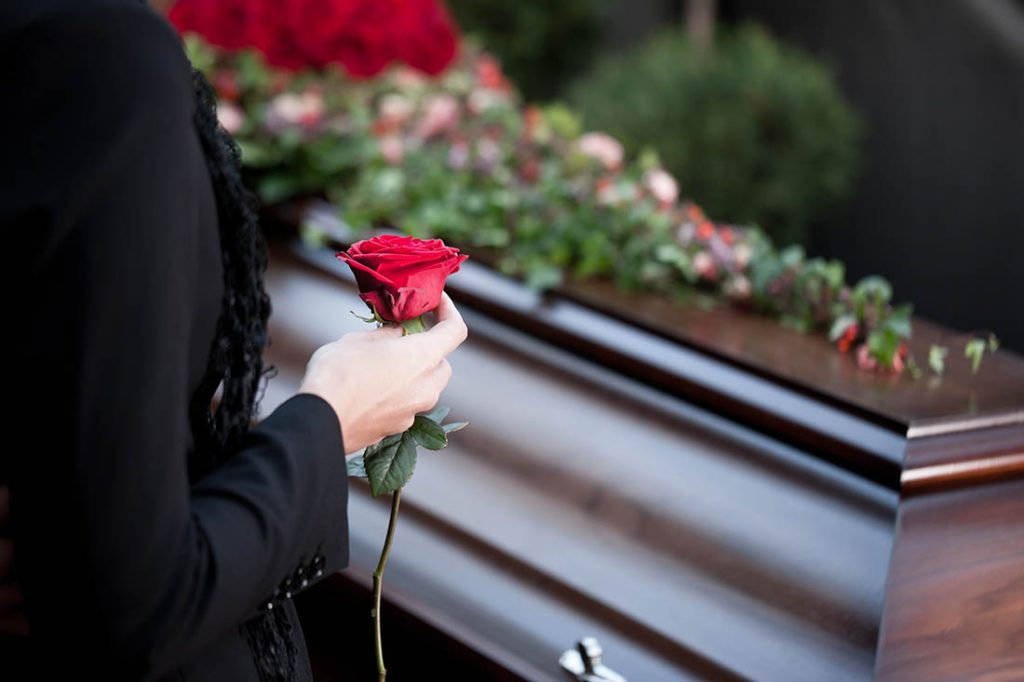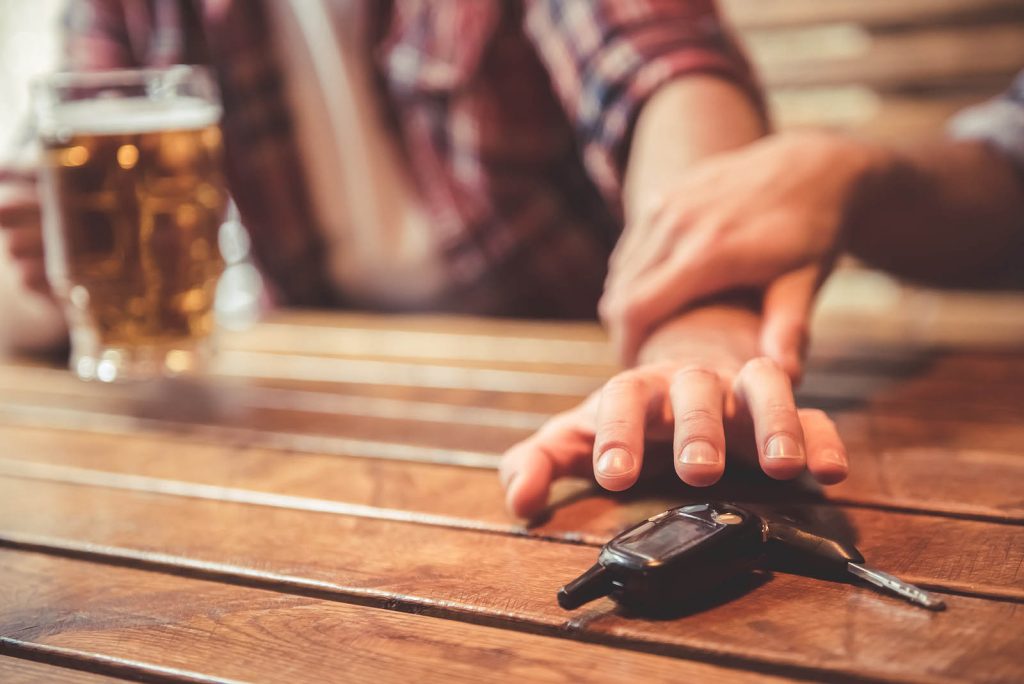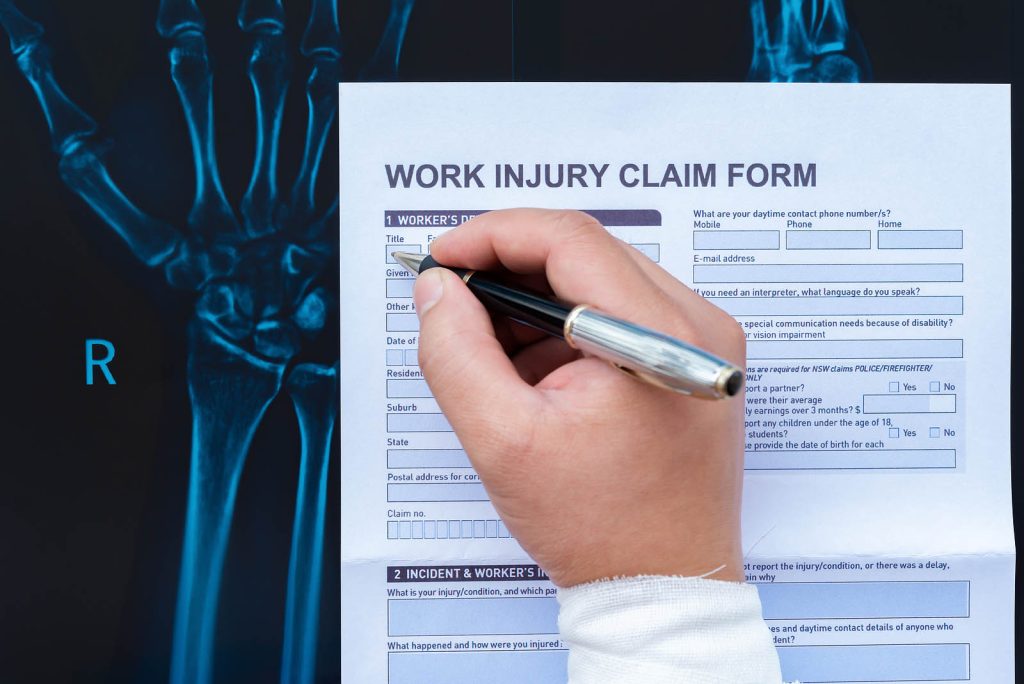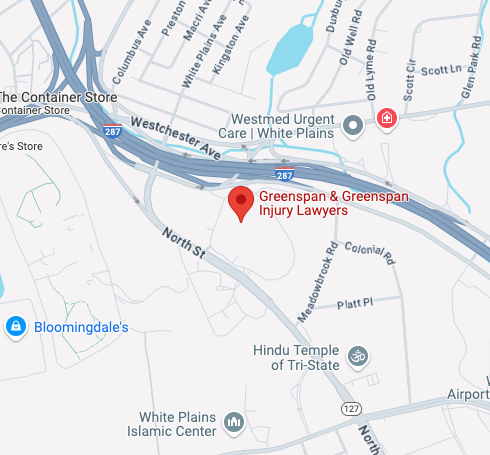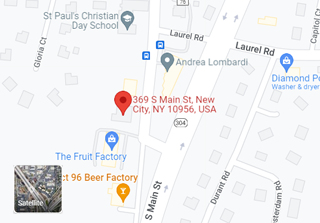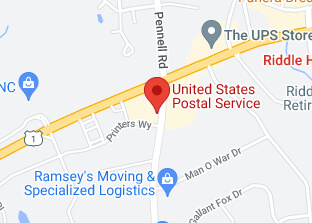You’re a construction worker, and as a result, the likelihood is that you’ll be working outside during the autumn. It’s cooler outside this time of year, and some parts of New York may even see ice and snow. As you get used to the dropping temperatures, you should remember that you’re at a heightened risk of serious slip-and-fall accidents. You could also be at risk of winter-related illnesses like hypothermia or frostbite. Getting ready to work safely in cold weather is appropriate now, so here is some information on what you can do to prevent falls and other weather-related illnesses.
Get to know the signs of cold-weather illnesses
The first thing you should do is to get to know the signs of cold-weather illnesses. There are three main illnesses to watch out for, which are:
- Frostbite
- Trench foot
- Hypothermia
Each of these can be serious and lead to pain, disability or death. To avoid them, following the Occupational Safety and Health Administration’s warm-up schedule is a good idea. You should also do your best to avoid getting wet outside or remaining outside if you’re struggling with shivering or pain from the cold.
Remember to look for dew, frost and wet platforms
Wet metal is incredibly slick, so if you’re going to be going up on a scaffold or working on a ladder, make sure you’re wearing non-slip shoes and wiping off those surfaces. Whether it’s water or ice, either one can lead to falls that cause brain injuries, spinal injuries or other debilitating wounds.
Get up-to-date weather information before you start working
Finally, make sure you and your team have up-to-date weather information before you go out on the job. If the weather is particularly cold, you may need to adjust how long you’re outside before you take a break. For example, the OSHA’s warm-up schedule says that non-emergency work should stop if the temperature is -25-degrees Fahrenheit with 20 mph wind. Knowing these requirements can help you avoid winter disasters and weather-related emergencies. Fall and winter pose unique threats to your safety, but you can get through it if you and your team focus on creating a safe workplace.


